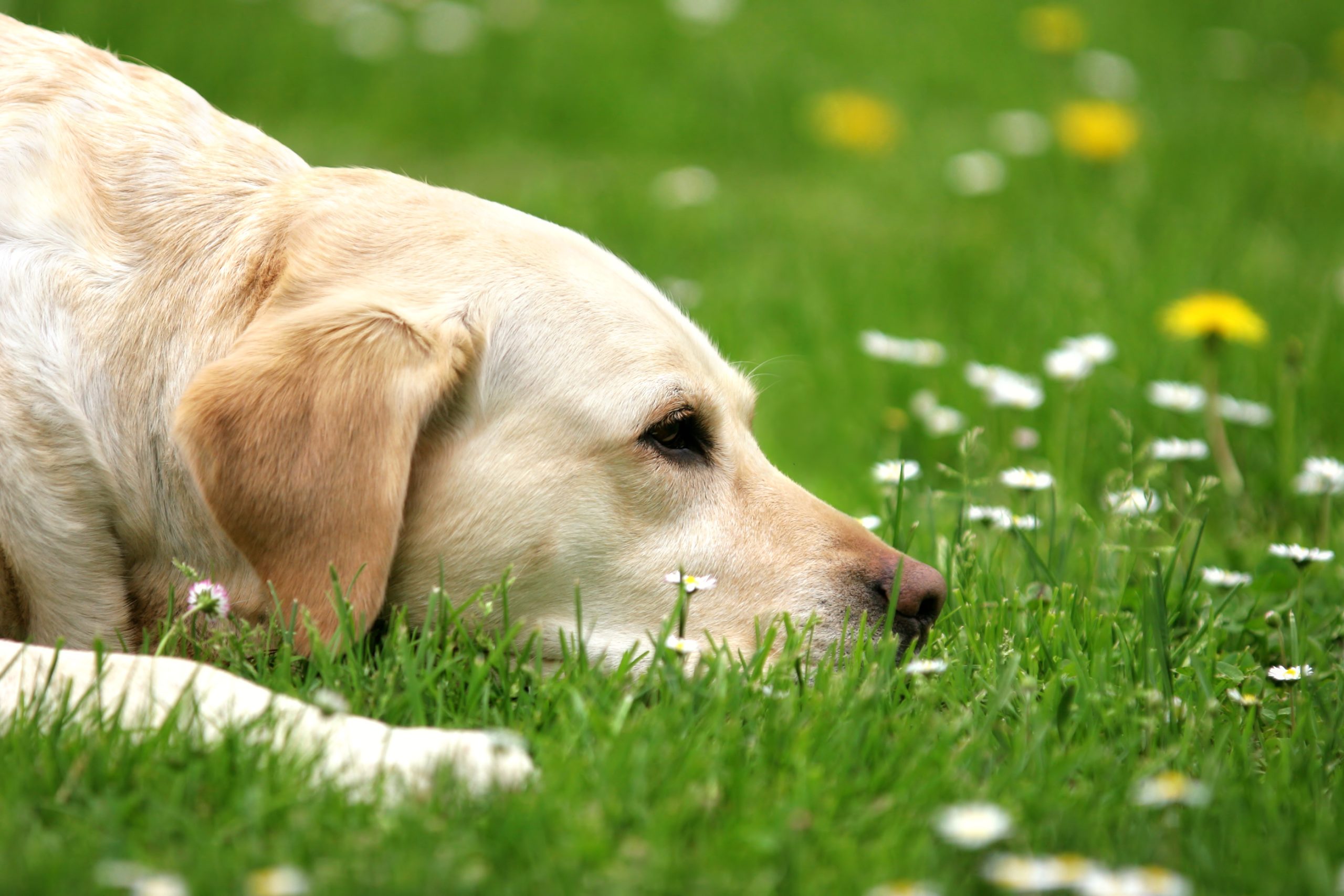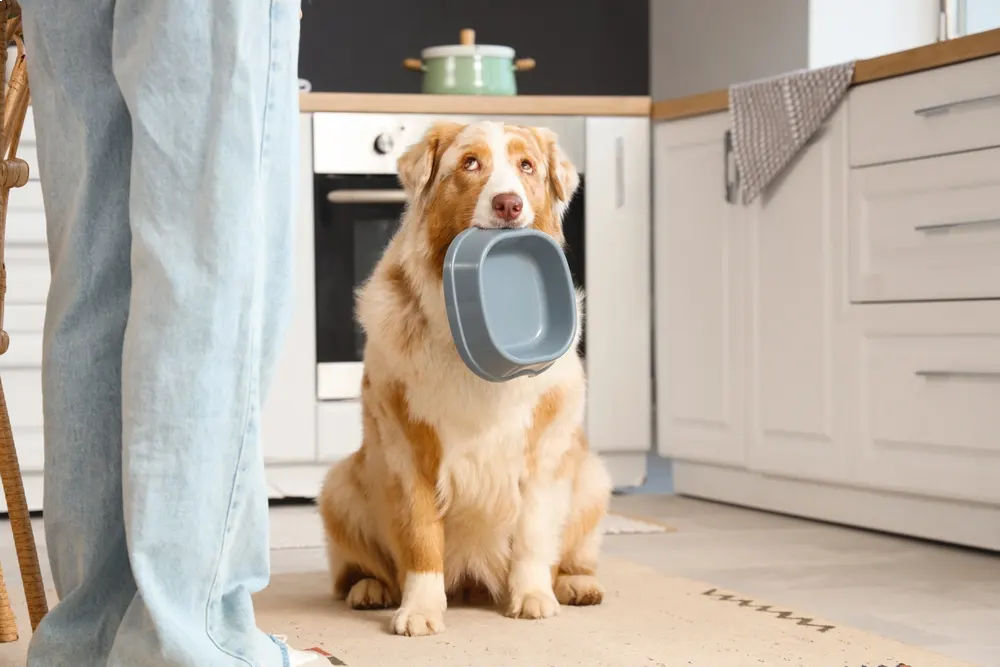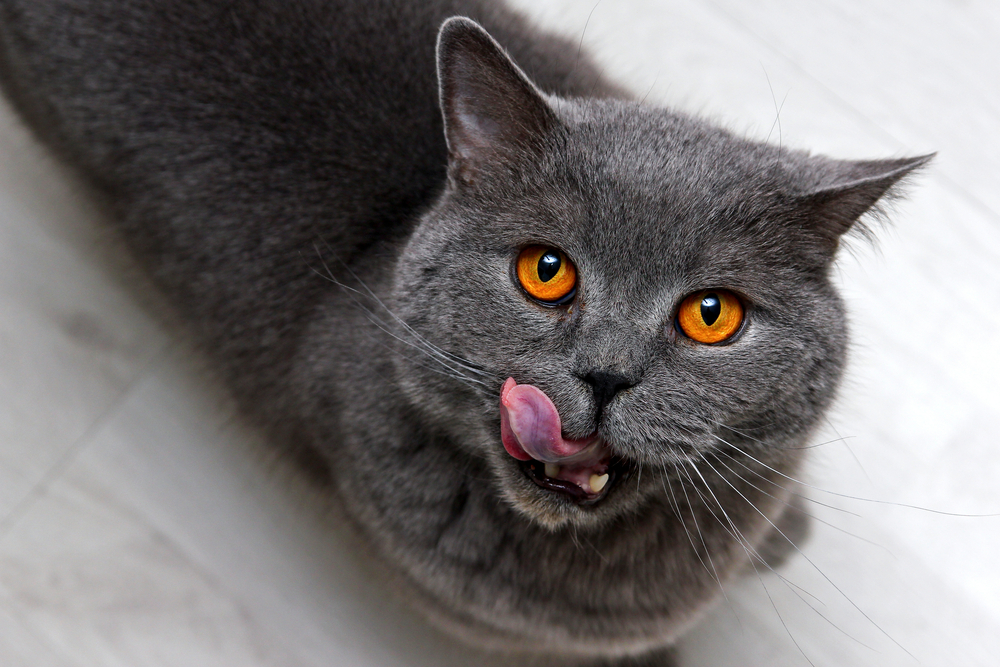
Springtime Poisons: Common Dog Toxicities to Watch Out For
April 2nd 2025
As spring arrives, gardens burst into life with blooming flowers and lush greenery. While this season brings beauty and renewal, it also introduces hidden dangers for our four-legged friends. Many common spring plants, Easter treats, and garden chemicals can pose serious health risks to dogs, leading to symptoms ranging from mild stomach upset to severe poisoning. Additionally, the arrival of warmer weather increases the presence of pests such as ticks, slugs carrying lungworm, and even the UK’s only venomous snake, the adder, all of which threaten your dog’s well-being.
To ensure your pup enjoys a safe and happy spring, it’s essential to be aware of these seasonal hazards and take precautions to prevent accidents. In this guide, we’ll explore some of the biggest dangers for dogs in spring and provide helpful tips on how to keep them safe while still enjoying the season’s delights.
Plants
As spring brings vibrant blooms and fresh growth to gardens across the UK, it’s important to be aware that some common plants and flowers can be harmful to your dog. For instance, daffodils can cause symptoms like vomiting, stomach upset, and even collapse, while tulips contain toxins that irritate the mouth and gastrointestinal tract, leading to drooling, vomiting, and diarrhoea. The bulbs of many plants, including lilies and spring crocuses, are also toxic and can poison your dog. To ensure your furry friend stays safe, it’s essential to keep them away from potentially dangerous springtime plants. Below is a list of some toxic spring plants, but always be sure to research any new additions to your garden before planting.
- Daffodils
- Azaleas
- Bluebells
- Tulips
- Hyacinths
- Calla Lily
- Crocus
- Amaryllis
- Buttercups
- Foxglove
- Elderberry
Easter Treats
Spring brings the joy of Easter, with festive celebrations and treats, but it also comes with potential hazards for dogs. One of the biggest risks is chocolate poisoning, which can cause symptoms like an upset stomach, increased heart rate, twitching or seizures, excessive drinking, drooling, unsteady walking, and rapid breathing. In severe cases, chocolate poisoning can even be fatal. During Easter egg hunts, it’s crucial to keep your dog away from chocolate eggs or hide some dog-safe chocolate if you would like to include them. Be sure to thoroughly check your garden to ensure there are no hidden treats that your dog might find.
Other springtime foods, such as raisins, currants, grapes, and sultanas, can also be dangerous for dogs. These are often found in hot cross buns and Simnel cake, which should be kept well out of reach. Even small amounts of these fruits can cause kidney damage and, in some cases, be fatal. Symptoms of poisoning include vomiting, diarrhoea, stomach pain, fatigue, excessive thirst, and even collapse. To keep your dog safe, offer alternative spring treats that are healthy and specifically designed for them. Always prioritise their well-being and be mindful of the hidden dangers that come with the season.
Pesticides and Weed Killers
Many garden chemicals are designed to aggressively eliminate weeds and unwanted plants, but they can pose serious risks to your dog’s health. These toxic substances can cause skin burns, rashes, digestive issues, or even seizures if your dog is exposed to them. Most cases of poisoning occur when dogs brush up against, chew, or lick recently treated plants. Since symptoms can vary depending on the pesticide, it’s best not to take any chances. Instead, opt for pet-safe alternatives or embrace a more natural approach by letting your garden grow wild, encouraging a diverse range of plants and wildlife while keeping your furry friend safe.
Lungworm
During the wet spring months, slugs and snails become frequent visitors to our gardens, but they can carry a hidden danger: lungworm. If your dog ingests or even licks slugs, snails, or their slime trails, they are at risk of contracting this potentially life-threatening parasite. Lungworm infection can lead to health issues, including changes in behaviour, fatigue, breathing difficulties, persistent coughing, and slow blood clotting. To protect your pet, try to minimise their contact with slugs and snails, avoid leaving toys or water bowls outside overnight, and speak to your vet about preventative treatments to keep them safe.
Ticks
Ticks are most active in spring and can carry dangerous infectious diseases that pose risks to both you and your dog. After walks, always check your dog by running your hands over their body, feeling for any small lumps or bumps where ticks may be attached. If you find a tick, it’s important to remove it quickly and correctly to reduce the risk of disease transmission. If you’re unsure how to do this, consult your vet for guidance. Never attempt to burn ticks off or smother them with petroleum jelly, as these methods can increase the likelihood of infection. Instead, use a proper tick removal tool or seek professional help to ensure safe and effective removal. Regular tick prevention treatments can also help keep your dog protected throughout the season.
Adders
Adders are the UK’s only native venomous snakes, and they emerge from hibernation in spring, increasing the chances of encounters and potential bites. After months without food, they are more likely to strike if they feel threatened, making curious dogs particularly vulnerable. If your dog is bitten by an adder, seek veterinary attention immediately. Until you reach the vet, leave the bite untouched, do not apply a tourniquet or attempt to suck out the venom, as this can worsen the situation.
It is important to remember that Adders are not aggressive by nature and will only bite in self-defence. If you spot one, keep your dog away and leave the snake undisturbed. This not only prevents injury but also ensures compliance with UK law, as harming or killing adders is illegal. Staying vigilant during spring walks and keeping dogs on a lead in high-risk areas can help avoid unwanted encounters.
Spring Cleaning Products
As spring arrives, many of us take on a deep clean to refresh our homes for the year ahead. However, the bright colours and intriguing shapes of cleaning products can attract curious pets, increasing the risk of exposure or ingestion. To keep your dog safe, always store cleaning products securely and prevent access to areas being cleaned. When using strong chemicals like bleach, be sure to close the toilet lid and bathroom door to prevent your dog from drinking contaminated water. Keep them out of the room while using harsh cleaners such as oven and drain products, as even inhaling fumes can be harmful. If your dog ingests any cleaning products, do not try to induce vomiting, as some substances can be frothy and may enter the lungs, leading to further complications. Instead, seek veterinary care immediately for proper treatment. Taking these precautions will help ensure your spring cleaning is both effective and pet-safe.
Spring is a wonderful season to enjoy longer days and outdoor adventures with your dog, but it’s also a season filled with potential risks for dogs. From toxic plants and easter treats to pesticides, parasites, and wildlife encounters, being aware of these dangers is key to keeping your pet safe. By taking simple precautions, such as checking your garden for harmful plants, using pet-safe gardening products, and regularly inspecting your dog for ticks and other pests, you can help them navigate the season safely.
If your dog shows any signs of illness, such as vomiting, diarrhoea, breathing difficulties, excessive drooling, lethargy, or unusual behaviour, seek veterinary advice immediately. Early intervention can make a crucial difference in their recovery. With a little extra vigilance and care, you and your furry friend can enjoy all the joys of spring safely and happily!

 Shop Dog
Shop Dog
 Shop Cat
Shop Cat
 Vet Know-how
Vet Know-how Contact
Contact


